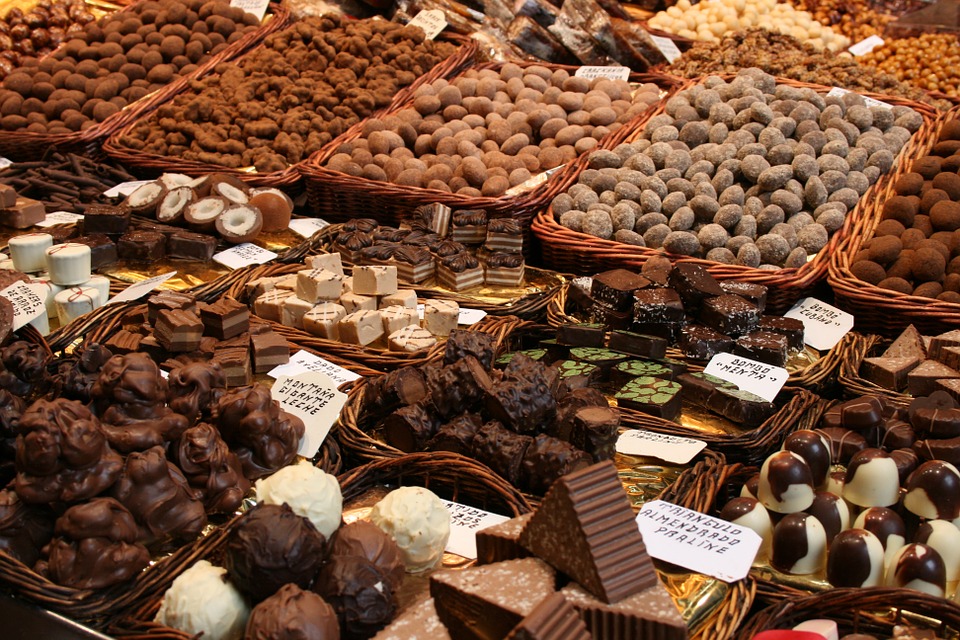How To Tell If A Health And Food Study Is Too Good To Be True

Chocolate: good for you after all? (Photo: Pixabay)
Here’s a little quiz for you: which of the following headlines are real? A glass of red wine may be equivalent to an hour in the gym. You can lose weight, just by breathing. Jogging outside makes you stupid.
They’re all real – although I wouldn’t be swapping the gym membership for a couple of deep breaths just yet. And here’s the latest: Chocolate is good for you.
We’ve heard this one before, haven’t we? It brings a little joy to my day whenever I see it, not that I ever need an excuse to indulge in a family-size Dairy Milk – I’m dedicated to my heart health, me.
But, hang on, didn’t we just tell you that sugar is bad for you? And fat – I mean not good fat, but saturated fat, where do we stand on that again?
Keeping up with the contradictions
That’s the problem with food studies – every day there’s a new one to send us into a dietary quandary. Eggs are bad (then good), bacon gives you cancer, fruit is full of sugar, dairy is fattening, dairy alternatives leave you vitamin deficient. I’m crossing my fingers that fresh air isn’t bad for you, because that’s all you’d have left if you were to believe all the studies.
Every food item we consume is the sum of its ingredients. Broccoli contains arsenic, but you’re unlikely to eat enough to kill yourself. Red wine has long been heralded for its role in heart health, thanks to the presence of the antioxidant resveratrol and flavonoids. But a study released just this week by the World Cancer Research Fund further strengthened the link between alcohol and breast cancer. In fact, just a half a glass of wine a day increases the risk, the study says. Thanks to, you know, the alcohol.
In fact, another study out this week has cast doubts on the health claims of red wine. Previous studies showed moderate drinkers had fewer heart problems than non-drinkers, but a Canadian review of 45 papers suggested that teetotallers may have been heavy drinkers who quit due to health concerns, thus skewing the studies.
Factors that make a good study
It’s a minefield out there, with studies being released every day. A former colleague used to refer to a certain newspaper as the Daily Breast Cancer, such was its propensity to run front page stories on the latest miracle breakthrough. But all studies are not created equal – to get to the heart of the matter we must examine whether it is a randomised blind study with a control group, the sample size tested, the number of years the study went on for and, perhaps most importantly, who the study is funded by.
We do our best to separate the wheat from the chaff, and only publish the studies that have real significance, or herald a proper breakthrough. For the record, the chocolate study in today’s paper monitored its 55,500 subjects for an average of 13.5 years, although the authors admit participants were not required to specify what kind of chocolate they ate.
Don’t trust what you read?
But Ben Goldacre, the Bad Science journalist, claimed in 2011 that up to 72 per cent of dietary claims published in newspapers are based on flimsy evidence. The figure was based on a study he co-authored (and, yes, he did point out its limitations). A 2016 BMJ editorial laid the blame squarely at the media’s door, saying that reports can be “incomplete, inaccurate, or sensationalised”. It’s true: who hasn’t seen a “glass of red wine keeps doctor away” kind of headline
Anyway, back to the important question: can we just chow down on the chocolate now? Not so fast: quality and quantity are important. The British Heart Foundation advises small portions and dark chocolate with the highest cocoa content.
As for the rest of the advice out there, we’ll just have to take it with a pinch of salt. Not literally, of course, because salt is bad for us – isn’t it?
Story Credit: https://inews.co.uk/opinion/columnists/tell-health-food-study-good-true/


